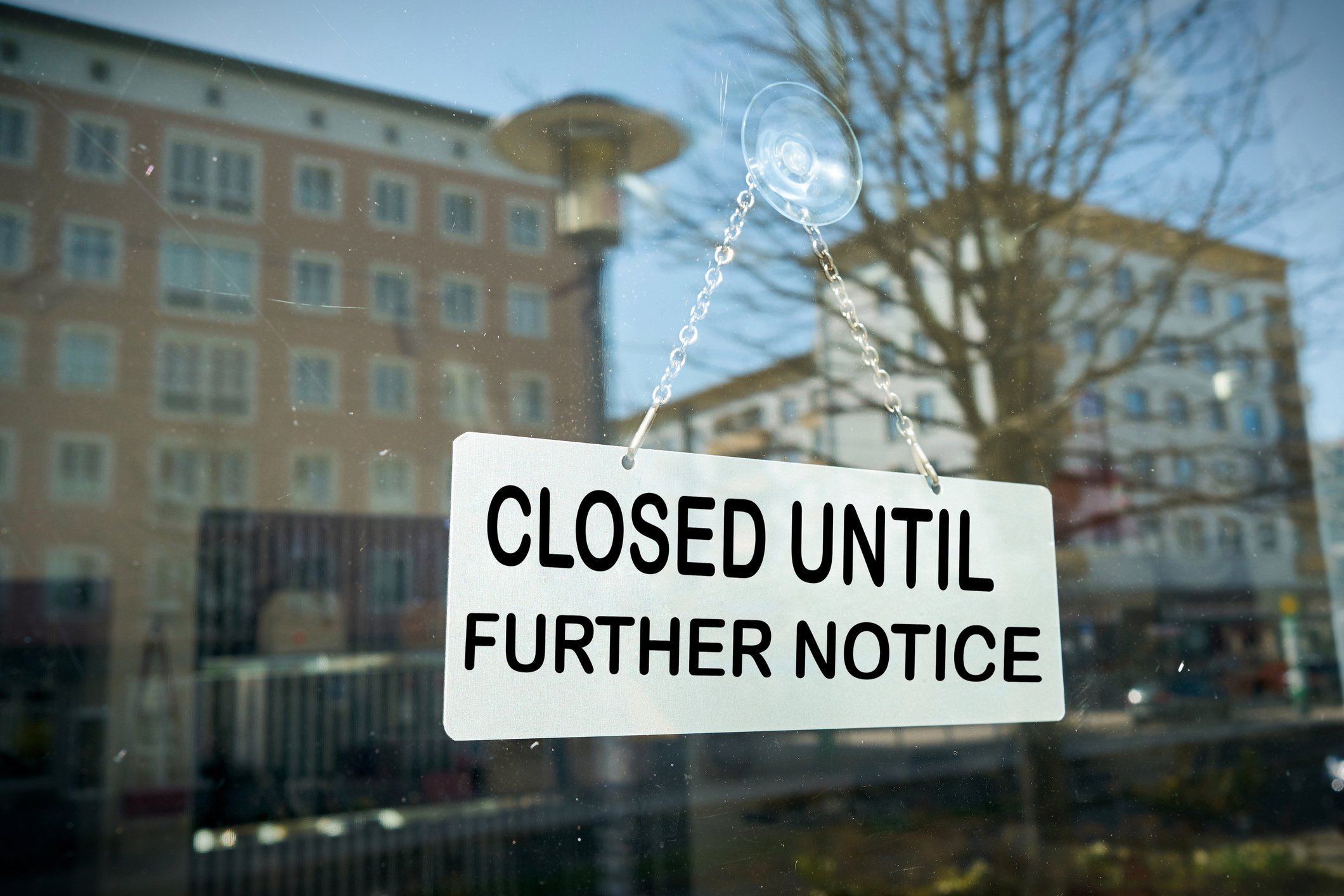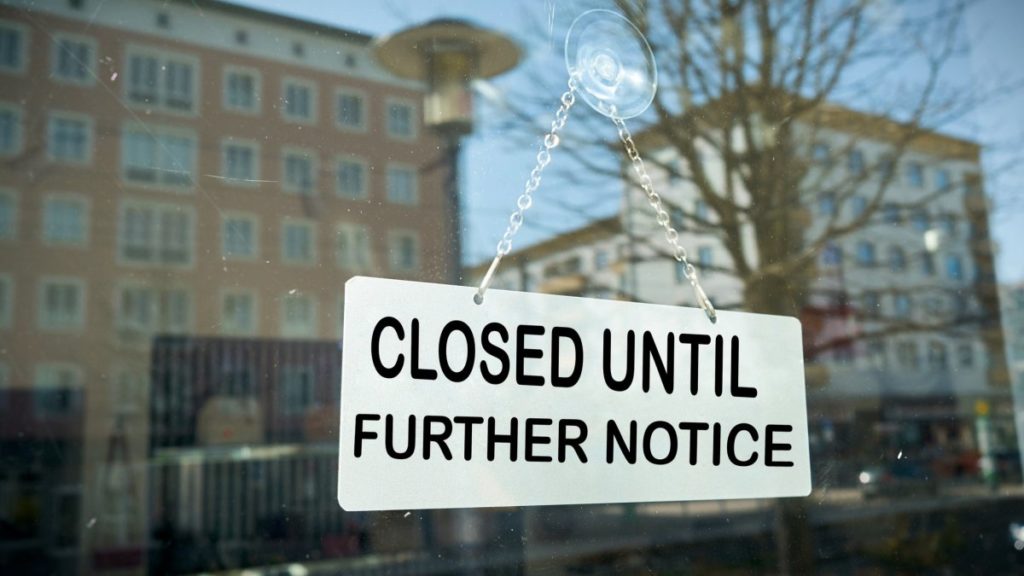
In a year of bad economic news, San Diego got some more on Friday when state officials announced that California’s unemployment rate was at 9.2%, with San Diego County’s figure rising slightly, to 8.1%.
The number represents a huge leap from a year ago, when the then-booming economy had jobs for most, with unemployment at just 3.4%.
Since the pandemic was declared a year ago, 20.5 million unemployment claims have been filed in California, and $125 billion in benefits paid since pandemic began.
Download our NBC 7 mobile app for iOS or Android to get San Diego’s latest First Alert Weather and breaking news.
Officials said that 3.7 million residents of the Golden State have collected benefits in the last month alone.
Between December 2020 and January 2021, total non-farm employment in San Diego County decreased by 38,600, from 1,389,500 to 1,350,900.
Leisure and hospitality led all month-over decline with a loss of 12,200 jobs. The cutback was primarily in accommodations and food services — down 11,500 jobs (specifically in food services and drinking places) down 10,100 jobs, according to the agency. Presumably, many of those jobs will return now that the state has relaxed its lockdown measures.
Arts, entertainment and recreation jobs posted a loss of 700 jobs.
Trade, transportation and utilities decreased by 8,900 jobs. Retail trade led the decline, losing 6,300. Transportation, warehousing and utilities — down 2,300 jobs — and wholesale trade — down 300 — also contributed to the overall contraction.
Seven other sectors dropped over the month, including construction, with 5,900 jobs lost; professional and business services, 4,500 lost; government, 3,200 lost; educational and health services 2,800 lost; other services, 900 lost; information, 200 lost; and financial activities losing 100 jobs.
NBC 7’s Mari Payton spoke to a San Diego man was having a lot of trouble accessing his EDD benefits before NBC 7 stepped in.
Manufacturing was the only industry to post job gains, adding 100. Mining and logging remained unchanged.
Between January 2020 and January 2021, non-farm employment fell by 153,700, or 10.2%. Agricultural employment decreased by 500, or 5.6%.
Leisure and hospitality recorded the largest year-over-year drop, declining by 77,100 jobs. Accommodation and food services made up 81% of the overall cut-back — down 62,600 jobs. Arts, entertainment and recreation saw a reduction of 14,500 jobs.
Other services fell by 16,600 jobs year-over-year while the government sector lost 16,000 jobs. The bulk of the decline was in local government, down 14,100 jobs. State government lost 1,900 jobs. Federal government payrolls remained unchanged.
According to a report issued this week by the San Diego Association of Governments (SANDAG), 89%2 of the region’s job loss during the past year occurred in just three sectors — tourism (52%), education (22%) and retail (15%).
Anybody whose employment or business was associated with tourism felt the effects of the pandemic especially hard. The San Diego Tourism authority said that spending dipped during the past year by $6.4 billion – you would have to go back 20 years to find a similar figure. The tourism sector, which accounts for 10% of the region’s economy, lost nearly 50,000 jobs. Teachers and others in the education sector accounted for nearly 21,000 jobs lost, and 14,400 people working in retail were also thrown out of work by the coronavirus.
Those making the least when the pandemic began in March 2020 were the hardest hit, according to the SANDAG report.
“Although in the beginning of the pandemic, there was a dip in all earning categories, those jobs that require a college education and are considered white-collar and could be telecommuted or worked from home showed a rather quick recovery,” the report stated.
At the other end of the income ladder, meanwhile, close to 40% of people making less than $27,000 – which is roughly the amount a full-time worker paid $13 per hour makes – were thrown out of work last March, with a quarter of those workers, as of December 2020, still not called back to work.
The pandemic disproportionately affected members of minority communities as well: “Sixty-four percent of Hispanic/Latino individuals and 60% of those who identified as Black (alone, not Hispanic) reported that they or someone in their household had been negatively impacted economically as a result of the pandemic.”
That figure contrasts with 49% of white respondents who said that they or someone in their household was affected in a similar way.
While this week’s unemployment numbers seem bleak, they stand in stark contrast to last May, when the nation’s unemployment rate was 14.7%, a horrible figure, but one that falls short of the high of 24.9% during the Great Depression.
Locally, the percentage was worse than even that, double the national average, at 30.1%, according to a report released by SANDAG.
Overall, more than 510,000 county residents were unemployed at that time, with all but 50,000 of them having lost their jobs since March 7.
Joblessness was concentrated in some neighborhoods to a striking degree. The community feeling the effects worst in the county was Logan Heights, where SANDAG estimated that nearly 42% of workers lost their jobs. In North County, the estimated unemployment rate was 34% in south Oceanside.
While there were no bright spots in the county unemployment-wise, some communities fared better, such as parts of Carmel Valley and Rancho Bernardo, where roughly 24% of the neighborhood residents are out of a job.
NBC 7 has contacted SANDAG and asked for current statistics regarding local neighborhoods and will update this article when those numbers are available.
